Home>Furniture & Design>Living Room Furniture>How To Stop Recliner From Sliding
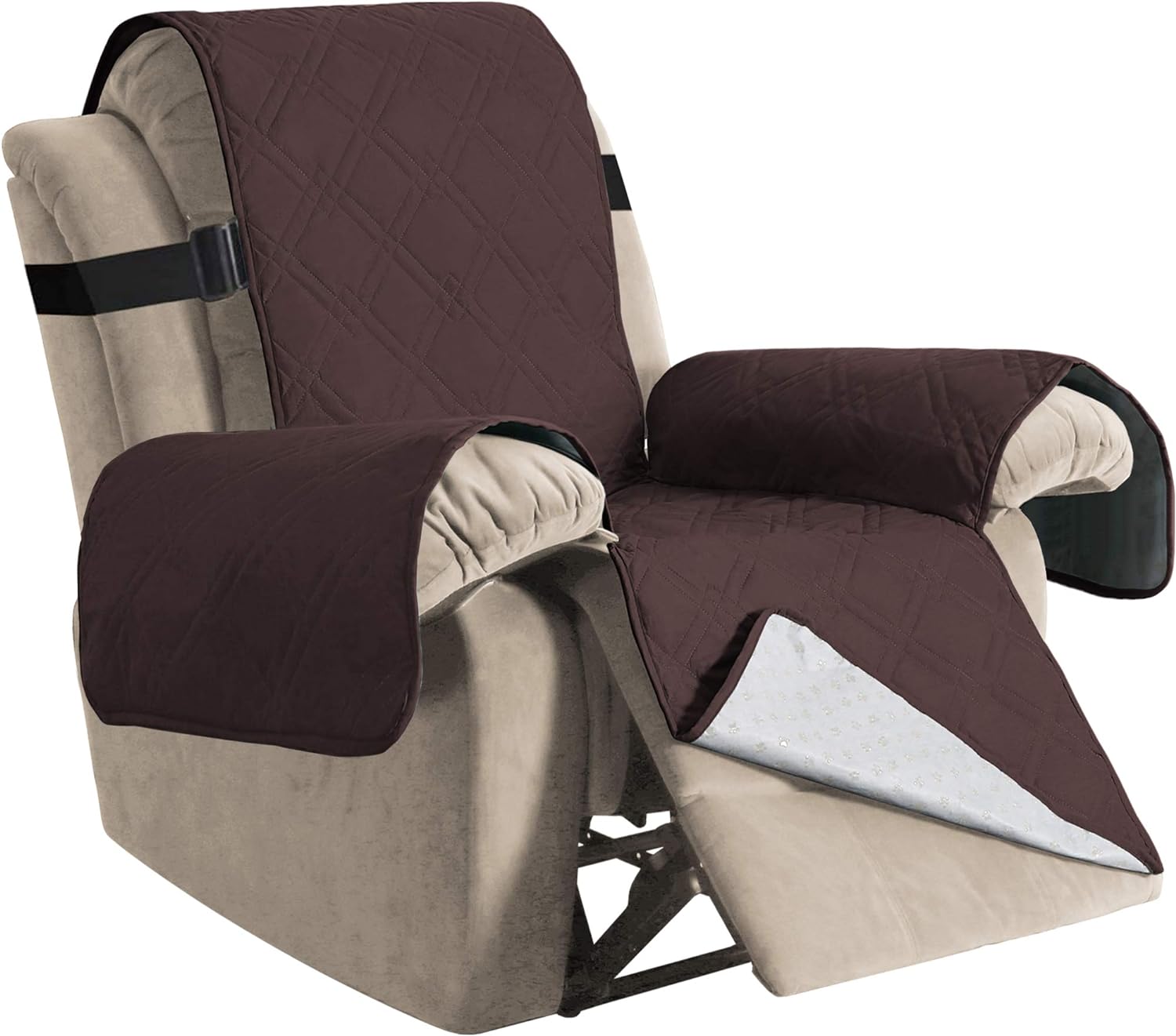

Living Room Furniture
How To Stop Recliner From Sliding
Modified: October 18, 2024
Learn how to prevent your recliner from sliding on your living room floor with our helpful tips and tricks. Find the best solutions for your living room furniture and design needs.
(Many of the links in this article redirect to a specific reviewed product. Your purchase of these products through affiliate links helps to generate commission for Storables.com, at no extra cost. Learn more)
Introduction
Have you ever experienced the frustration of your recliner sliding across the room every time you try to relax and enjoy a good book or watch your favorite TV show? It’s not only annoying, but it can also be a safety hazard, especially if you have children or elderly individuals in your household. Fortunately, there are solutions to prevent your recliner from sliding and keep it stable in one place.
In this article, we will explore various methods and tips to stop your recliner from sliding. Whether you have a hardwood floor, carpeted surface, or even tiles, there are solutions that will work for you. We will delve into the importance of evaluating your floor’s surface, discuss the benefits of using anti-slip pads and rubber grippers, explore the option of installing furniture straps, and discover the usefulness of non-slip mats. Additionally, we will provide some DIY solutions and advice on when to seek professional help.
With the right strategies and tools, you can enjoy your recliner without any worries of it sliding away. So, let’s dive in and discover how to put an end to this frustrating problem!
Key Takeaways:
- Say goodbye to the frustration of a sliding recliner with simple solutions like anti-slip pads, rubber grippers, and non-slip mats. Enjoy stability and safety without the hassle!
- Don’t let a sliding recliner ruin your relaxation. Explore DIY solutions or seek professional help to keep your recliner stable and secure. Prioritize safety and stability for a worry-free reclining experience!
Read more: How To Stop A Mattress From Sliding
Understanding the Issue
Before we delve into the various solutions to stop your recliner from sliding, let’s first understand why this issue occurs. There are several factors that contribute to the sliding of recliners.
The primary reason is the smooth and slippery surface of the recliner’s base, which allows it to easily glide across your floor. Additionally, the weight distribution and movement while reclining can cause the recliner to shift position. Another factor to consider is the type of flooring you have. Hardwood, tile, and laminate floors tend to be more slippery compared to carpeted surfaces.
Moreover, the age of your recliner can also play a role. Over time, the padding and cushions may wear down, leading to a less stable base and increased sliding. The size and weight of the recliner, as well as the force exerted when reclining, can also contribute to the sliding phenomenon.
Understanding these factors will help you choose the most appropriate solution to prevent your recliner from sliding. So, the next step is to evaluate your floor surface and identify the best method for your specific situation.
Evaluating the Floor Surface
The first step in finding the right solution to stop your recliner from sliding is to evaluate the surface on which your recliner sits. Different types of flooring may require different methods to ensure stability.
If you have a hardwood or laminate floor, you will need to consider the smoothness and slipperiness of the surface. Hardwood floors, in particular, can be quite slippery, especially if they are polished or waxed. In this case, you will need to focus on finding solutions that provide maximum grip to prevent the recliner from sliding.
If your recliner is placed on a carpeted surface, grip may not be as much of a concern. However, you should still ensure that the carpet is firmly attached to the floor and doesn’t move around easily. Loose or worn-out carpet can contribute to the sliding of your recliner.
For tiled surfaces, the level of slipperiness will depend on the type of tiles and any additional coatings or treatments applied. Smooth tiles can be slippery, while textured tiles may provide more grip. It’s important to consider the specific surface characteristics to determine the best solution.
By carefully evaluating your floor surface, you can choose the most appropriate method to prevent your recliner from sliding. In the next sections, we will explore different solutions that cater to specific floor types and address the sliding issue effectively.
Using Anti-Slip Pads
One of the most effective and simple solutions to stop your recliner from sliding is to use anti-slip pads. These pads are specifically designed to provide grip and prevent furniture from moving on smooth surfaces. They are easy to install and offer a hassle-free solution.
To use anti-slip pads, follow these steps:
- Clean the bottom surface of your recliner’s base to ensure it is free from dust and debris that may hinder the adhesion of the pads.
- Measure the dimensions of the base to determine the appropriate size of anti-slip pads needed. You can find pads in various sizes to fit different furniture types.
- Peel off the protective backing of the anti-slip pad and carefully stick it onto the bottom surface of the recliner’s base.
- Apply pressure to ensure the pad sticks firmly and securely to the base.
Anti-slip pads work by creating friction between the recliner and the floor, preventing any sliding or movement. They are typically made of rubber or adhesive materials that provide excellent grip on smooth surfaces. You can find them in most furniture stores or online retailers.
When using anti-slip pads, make sure to choose pads that are appropriate for your floor type. Some pads are specifically designed for hardwood floors, while others are suitable for carpeted surfaces or tiles. Additionally, regularly check the pads for wear and tear, and replace them if necessary to maintain optimal effectiveness.
Using anti-slip pads is a cost-effective and straightforward solution to keep your recliner in place. However, it’s important to note that they may not be as effective on extremely slippery surfaces or if you have a heavy recliner. In such cases, you may need to consider additional measures to ensure stability, which we will explore in the following sections.
Attaching Rubber Grippers
If you have a recliner that is prone to sliding on smooth surfaces, attaching rubber grippers can provide an effective solution. Rubber grippers create friction between the recliner’s base and the floor, preventing any unwanted movement.
Here’s how you can attach rubber grippers to your recliner:
- Inspect the bottom surface of your recliner’s base and identify the areas where the grippers will be attached.
- Clean the surface thoroughly to remove any dust or debris that could affect the adhesion of the grippers.
- Measure the dimensions of the base and cut the rubber grippers into appropriate sizes to fit the identified areas.
- Peel off the backing of the rubber grippers and firmly press them onto the bottom surface of the recliner’s base. Ensure that they are evenly spaced out and cover the areas where sliding occurs.
Rubber grippers are available in various sizes and thicknesses to accommodate different furniture types. Look for grippers with a strong adhesive backing that will stick securely to the base of your recliner.
It’s important to note that rubber grippers may leave sticky residue or marks on certain types of flooring, such as hardwood. Before attaching the grippers, test them out on a small, inconspicuous area of the floor to ensure they won’t cause any damage. If you have concerns about potential floor damage, you may want to try alternative solutions or use protective felt pads underneath the rubber grippers.
Attaching rubber grippers to your recliner can provide a durable and long-term solution to the sliding issue. They offer strong traction on smooth surfaces, helping to keep your recliner in place even during movement or adjustments.
However, keep in mind that rubber grippers may not be suitable for all recliner models or floor types. If you have a heavy recliner or a highly slippery surface, you may need to consider additional measures to ensure stability, which we will explore in the following sections.
Place rubber gripper pads or non-slip furniture pads under the feet of the recliner to prevent it from sliding on hardwood or tile floors. This will provide traction and stability.
Read more: How To Stop A Recliner From Rocking
Installing Furniture Straps
If you have a large or heavy recliner that is prone to sliding, installing furniture straps can provide a secure and reliable solution to keep it in place. Furniture straps are designed to anchor the recliner to the wall or floor, preventing any movement or tipping.
Here’s how you can install furniture straps for your recliner:
- Choose the appropriate type of furniture straps based on the size and weight of your recliner. Look for straps that are strong and durable, capable of withstanding the load of your recliner.
- Identify the areas on your recliner that are suitable for attaching the straps. These are typically located near the backrest or the sides of the recliner.
- Securely anchor one end of the strap to the designated area on the recliner using screws or other fasteners provided with the straps. Make sure the attachment is secure and doesn’t obstruct any moving parts of the recliner.
- Attach the other end of the strap to a sturdy anchor point on the wall or floor. This can be a stud in the wall or a heavy piece of furniture. Use appropriate screws or fittings to ensure a strong connection.
Furniture straps provide a strong tethering system that prevents your recliner from sliding or tipping over, especially if you have children or pets in your home. They offer added stability and safety, giving you peace of mind while enjoying your recliner.
It’s important to choose furniture straps that are specifically designed for securing large furniture items like recliners. These straps often have adjustable lengths and sturdy materials, ensuring they can handle the weight and force exerted by the recliner.
While furniture straps are effective in preventing sliding, they may require some drilling or installation effort. If you’re not comfortable with DIY projects or lack the necessary tools, it’s recommended to consult a professional for proper installation.
Installing furniture straps is a great solution for heavy recliners that are prone to sliding. With this added security measure, you can enjoy your recliner without any worries of it moving or tipping over.
Utilizing Non-Slip Mats
If you’re looking for a versatile and temporary solution to prevent your recliner from sliding, non-slip mats can be an excellent option. These mats are designed to provide grip and stability on various surfaces, making them suitable for different types of flooring.
Here’s how you can utilize non-slip mats to keep your recliner in place:
- Measure the dimensions of your recliner’s base to determine the size of the non-slip mat needed. You can find non-slip mats in various sizes and shapes to accommodate different furniture types.
- Clean the floor surface where the recliner will be placed to ensure it is free from dust and debris. This will help improve the grip of the non-slip mat.
- Place the non-slip mat on the floor in the desired location, making sure it is fully centered underneath the recliner’s base.
- Position your recliner on top of the non-slip mat, ensuring that all four corners of the base are in contact with the mat.
Non-slip mats are made from rubber or other similar materials that provide excellent traction on smooth surfaces. They create friction between the recliner’s base and the floor, preventing any unwanted sliding or movement.
These mats are not only effective in preventing sliding, but they also offer additional benefits. They can help protect your floor from scratches or marks caused by the recliner’s movement. Non-slip mats also provide a cushioning effect, reducing noise and vibration when adjusting the recliner.
Non-slip mats are readily available in home improvement stores, furniture stores, or online retailers. They are affordable, easy to use, and can be repositioned or removed as needed. However, it’s recommended to periodically check the condition of the non-slip mat and replace it if it shows signs of wear or loses its grip.
Utilizing non-slip mats is a convenient and versatile option to keep your recliner stable on various flooring surfaces. Whether you have hardwood, tile, or carpet, these mats can provide the necessary grip to prevent any unwanted sliding or movement.
DIY Solutions
If you’re a fan of do-it-yourself projects, there are several creative and budget-friendly solutions you can try to stop your recliner from sliding. These DIY solutions often utilize household items or easily accessible materials to provide stability and grip.
Here are a few DIY solutions to consider:
- Using double-sided tape: Applying double-sided tape on the bottom surface of your recliner’s base can create friction and help prevent sliding. Make sure to choose a strong adhesive tape that can securely hold the weight of your recliner.
- Placing rubber stoppers: Rubber stoppers or door stoppers can be placed between the recliner’s base and the floor. These stoppers provide grip and stability, preventing any movement.
- Using silicone caulk or adhesive: Applying a small amount of silicone caulk or heavy-duty adhesive at the bottom of your recliner’s base can create a tacky surface that grips the floor. Be cautious when using this method, as it may leave marks or residue on certain types of flooring.
- Using gripper pads: Gripper pads or shelf liner can be cut into smaller pieces and placed strategically on the bottom surface of the recliner’s base. These pads provide grip and prevent sliding.
- Using Velcro strips: Attaching hook and loop Velcro strips on the recliner’s base and the corresponding area on the floor can help keep it in place. This method allows for easy adjustment or removal when needed.
These DIY solutions are cost-effective and can be customized based on your specific needs and materials available. However, keep in mind that they may not be as durable or long-lasting as commercially available products. Monitor the condition of these DIY solutions and replace or readjust them as necessary to maintain effectiveness.
Remember, while DIY solutions can be fun and creative, it’s important to prioritize safety and stability. If you’re unsure about the effectiveness of a DIY solution or have concerns about potential damage to your furniture or floor, it’s always best to seek professional help.
DIY solutions can provide a temporary fix or serve as a supplement to other methods we’ve discussed. They offer a personalized touch and allow you to experiment with different techniques to achieve the desired results.
Seeking Professional Help
If you’ve tried various methods and DIY solutions to prevent your recliner from sliding without success, or if you’re concerned about potential damage to your furniture or flooring, it may be time to seek professional help. Professional assistance can ensure a safe and effective solution to keep your recliner stable.
Here are a few instances when seeking professional help may be beneficial:
- Specialized Furniture Grippers: Professional furniture stores or retailers may offer specialized furniture grippers designed specifically for preventing sliding. These grippers are often made with high-quality materials and provide optimal grip for various flooring surfaces.
- Floor Inspection and Treatment: If your flooring surface is exceptionally slippery or worn, a professional flooring company can assess the situation and provide recommendations for making it more slip-resistant. They may suggest treatments or coatings that can improve grip without compromising the aesthetics of your floor.
- Furniture Maintenance & Repair: If your recliner is old, worn-out, or has mechanisms that are causing sliding issues, a professional furniture repair service can assess and fix the problem. They can replace worn-out parts, tighten loose connections, or provide solutions to stabilize the recliner effectively.
- Customized Solutions: Sometimes, standard methods may not work due to unique circumstances or unconventional furniture designs. In these cases, a professional can assess your specific situation and offer customized solutions tailored to your needs.
Seeking professional help ensures that your recliner’s stability issues are addressed by experts who have the knowledge, experience, and specialized tools to provide effective solutions. They can also offer advice on maintenance and future preventive measures to keep your recliner in optimal condition.
When contacting professionals, be sure to provide them with clear information about the sliding issue and any specific requirements or concerns you may have. This will help them assess the situation accurately and provide the most suitable recommendations or services.
Remember, professional help may come with a cost, but it is a worthwhile investment if it ensures the safety, stability, and longevity of your recliner.
Read more: How To Stop Recliner From Squeaking
Conclusion
Dealing with a sliding recliner can be frustrating and potentially dangerous. However, there are various solutions available to prevent your recliner from sliding and keep it stable in one place.
By evaluating the floor surface, you can determine the most suitable solution for your specific situation. Utilizing anti-slip pads, rubber grippers, furniture straps, non-slip mats, or DIY methods can effectively address the sliding issue. Each method offers its own benefits and considerations, allowing you to choose the approach that aligns with your preferences and needs.
If your attempts at self-fixing have not been successful or you have concerns about damaging your furniture or flooring, seeking professional help is a wise decision. Professionals can provide specialized solutions, inspect and treat your flooring, repair your recliner, or offer custom recommendations tailored to your unique circumstances.
Regardless of the method you choose, prioritizing stability and safety is essential. Regularly inspecting the condition of your recliner, flooring, and chosen solution can ensure ongoing effectiveness and prevent accidents.
With the right measures in place, you can enjoy the comfort and relaxation of your recliner without the annoyance and hazards of sliding. So, say goodbye to frustrating sliding and hello to a stable and secure reclining experience!
Frequently Asked Questions about How To Stop Recliner From Sliding
Was this page helpful?
At Storables.com, we guarantee accurate and reliable information. Our content, validated by Expert Board Contributors, is crafted following stringent Editorial Policies. We're committed to providing you with well-researched, expert-backed insights for all your informational needs.
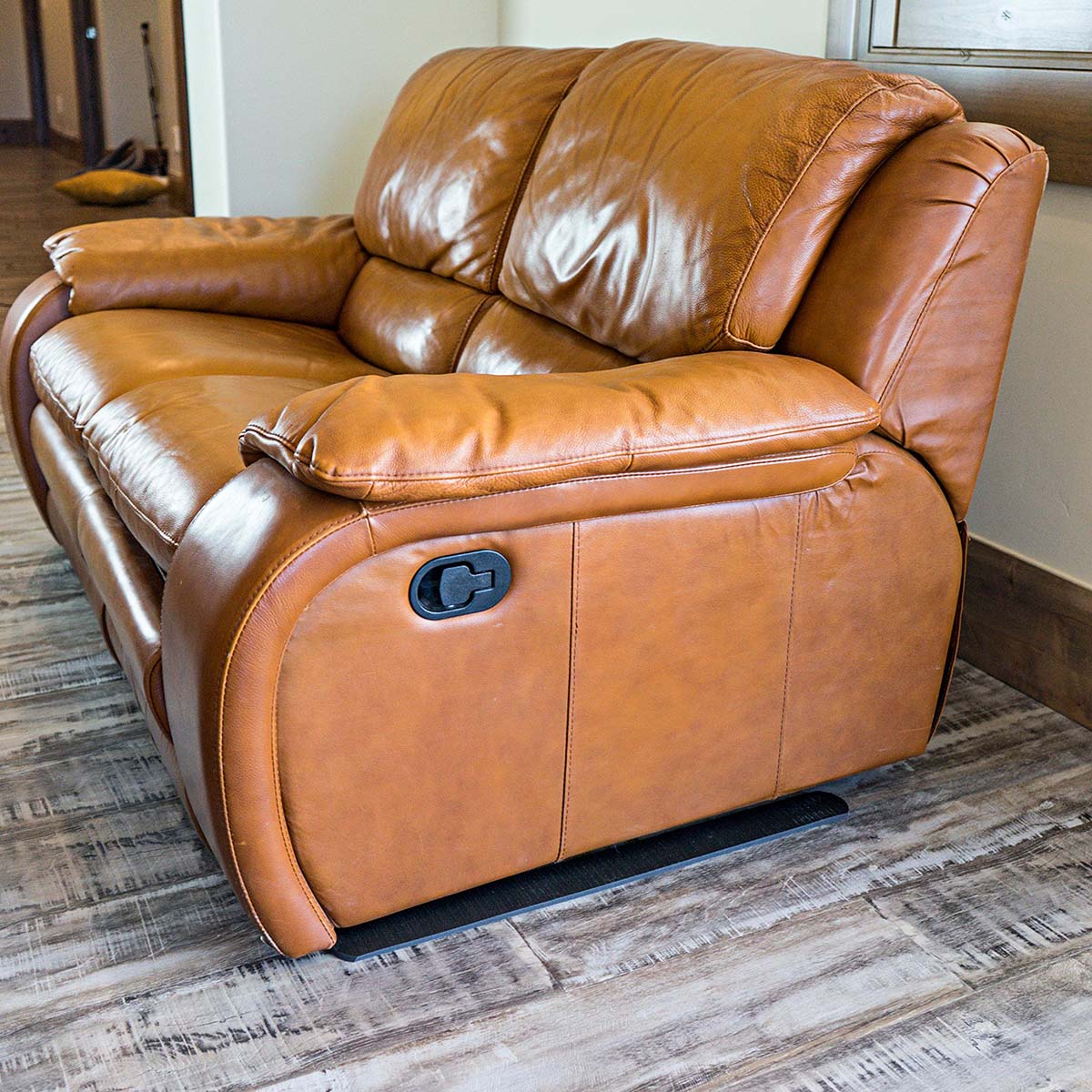
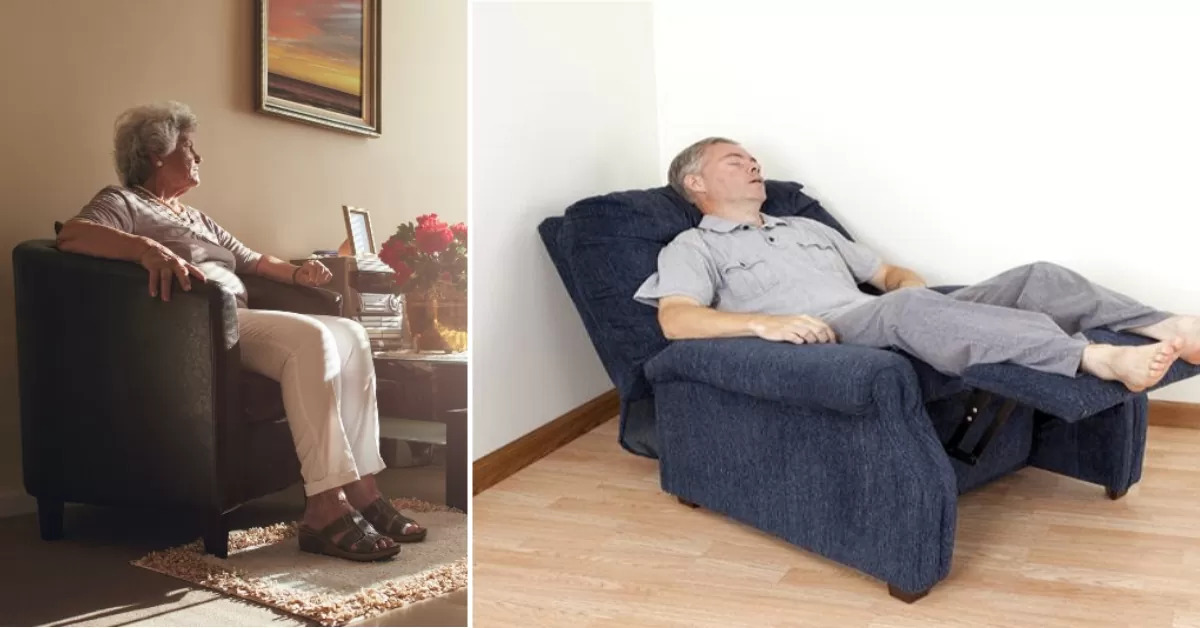
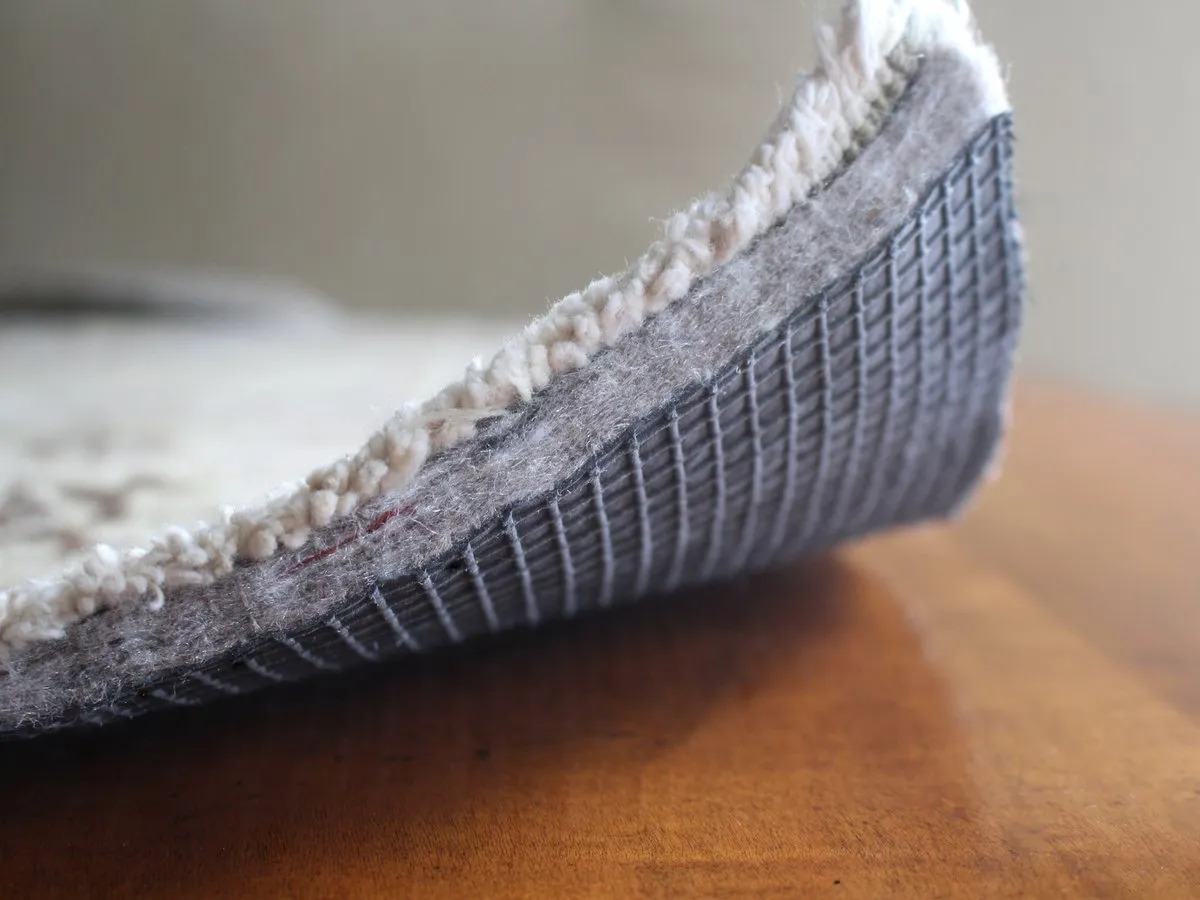
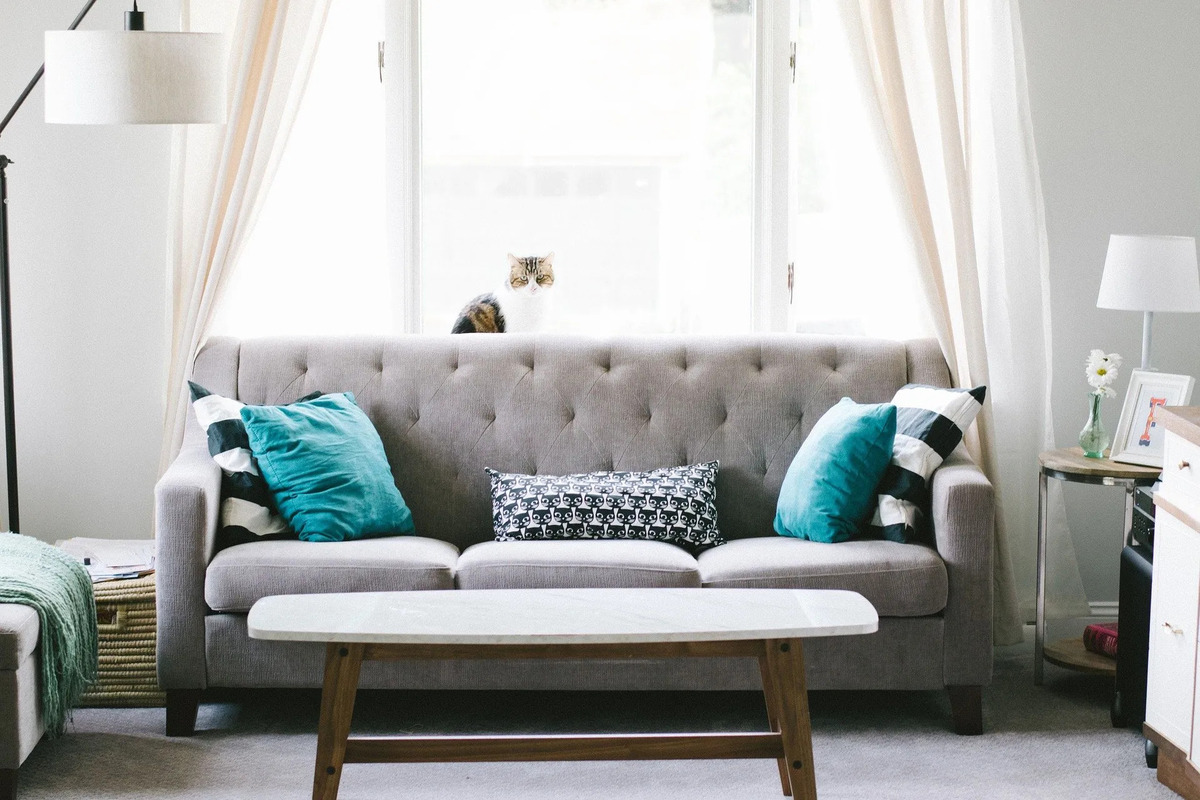
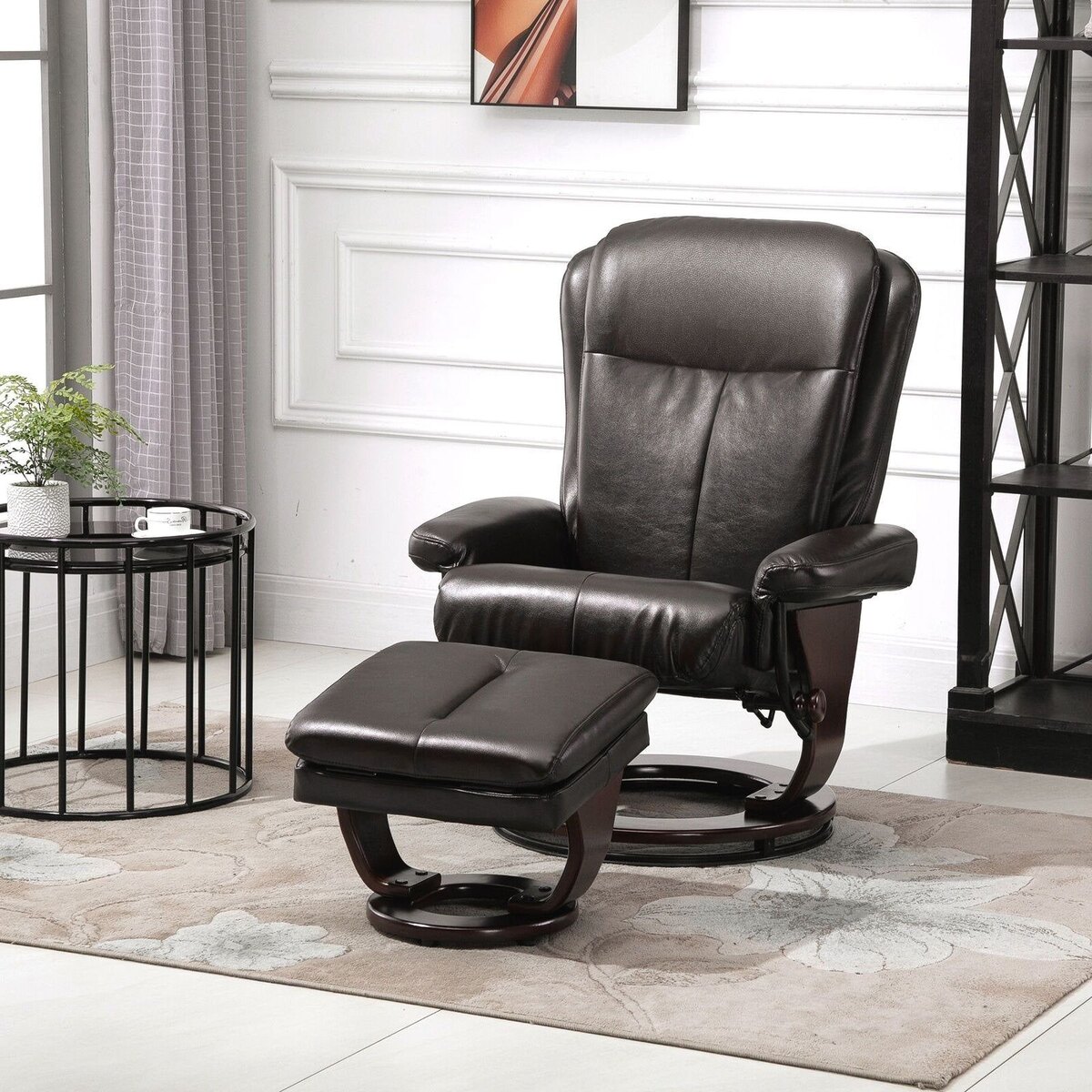
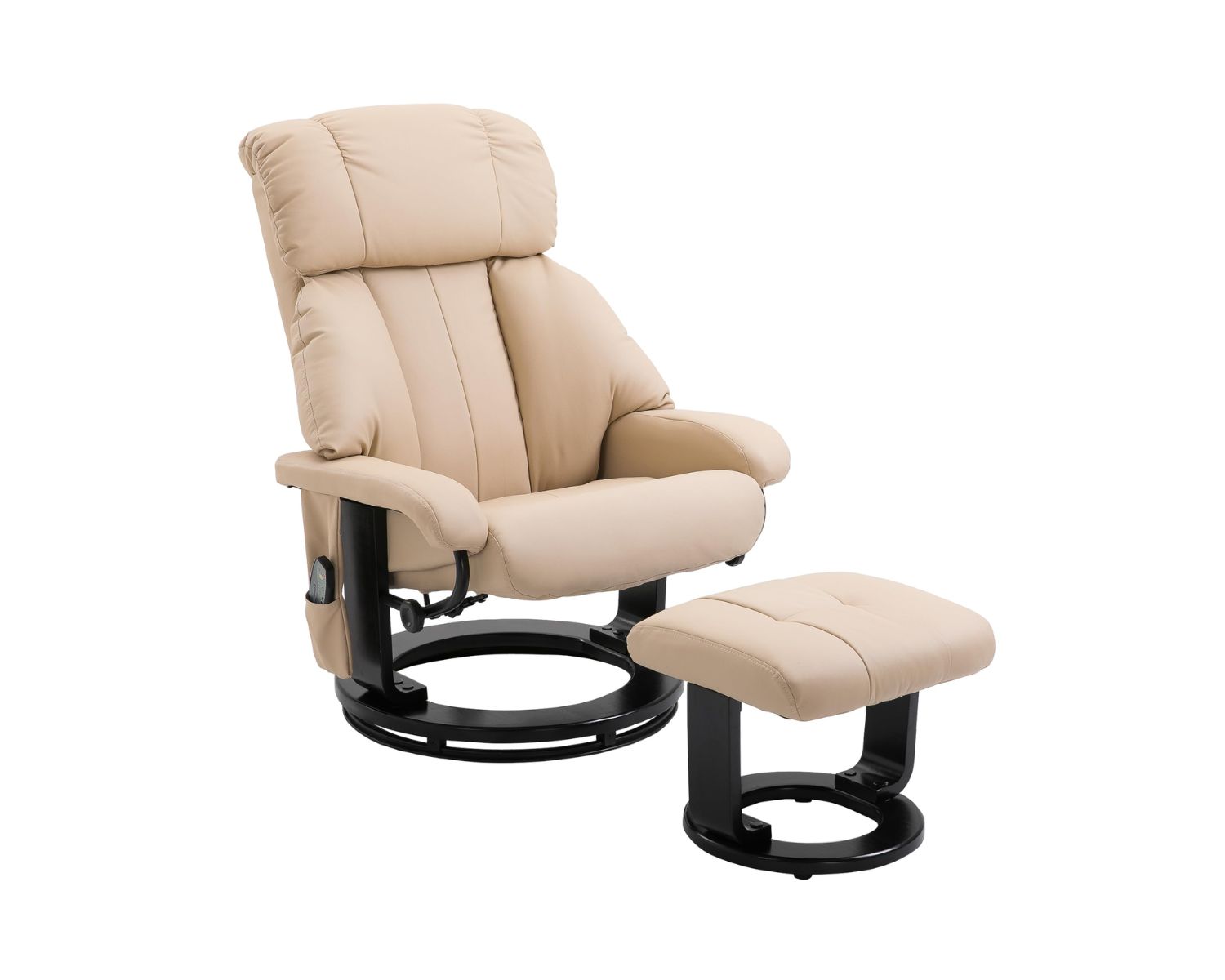
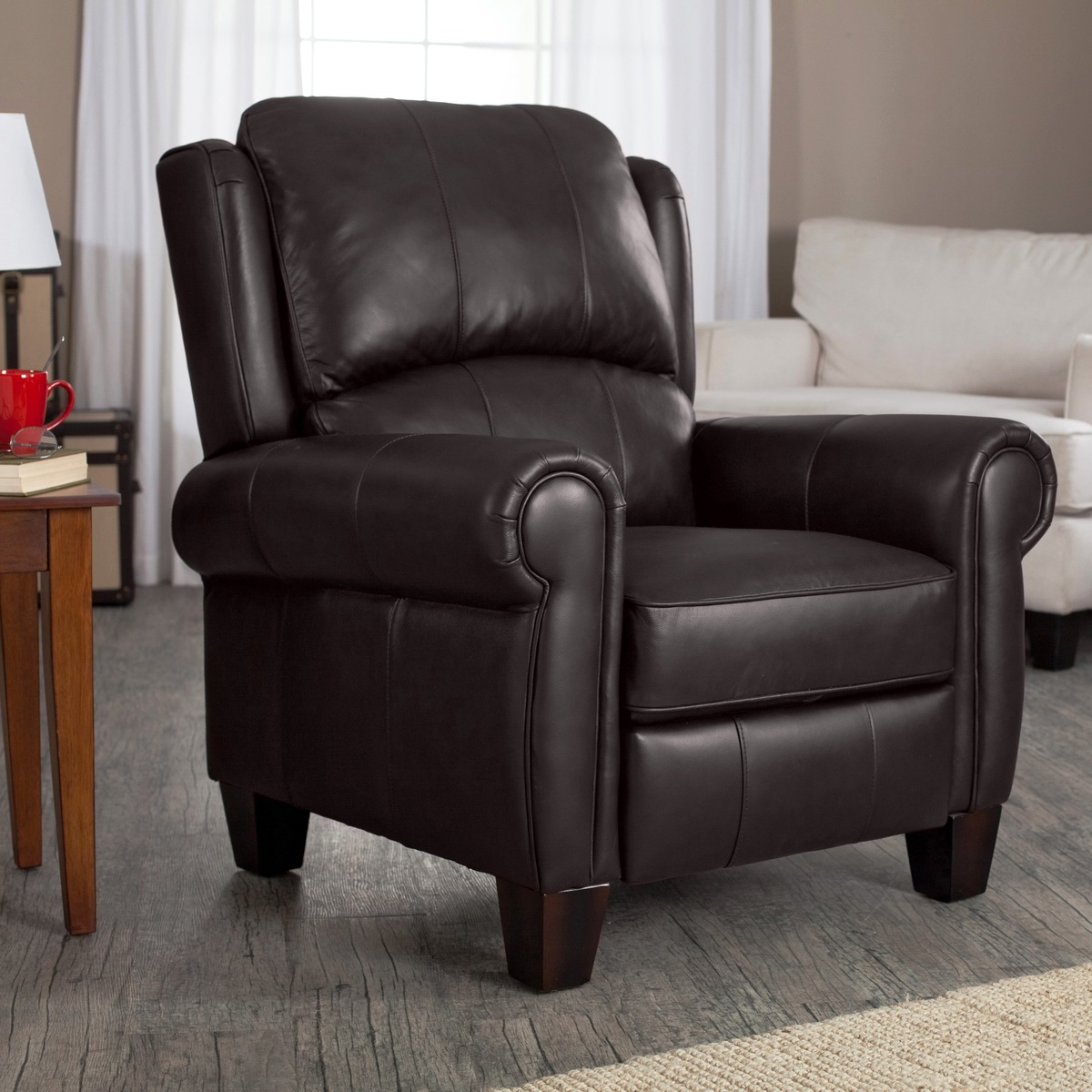
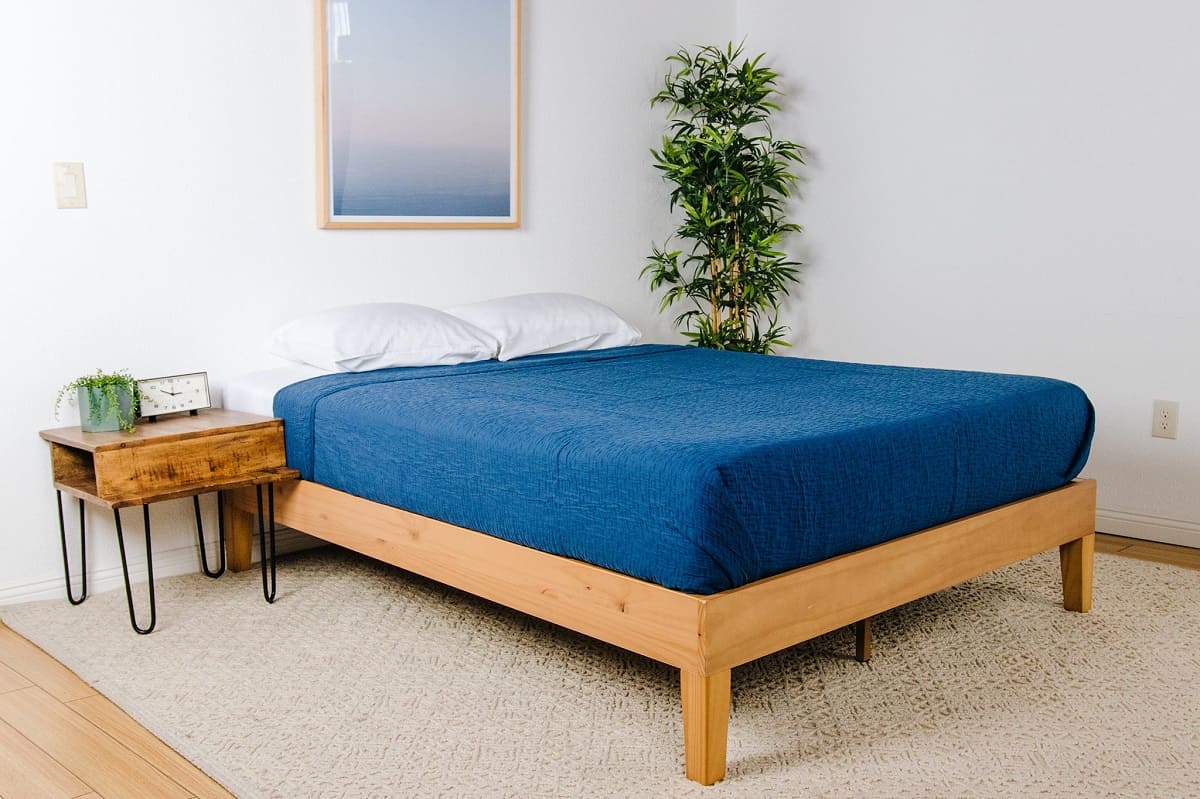
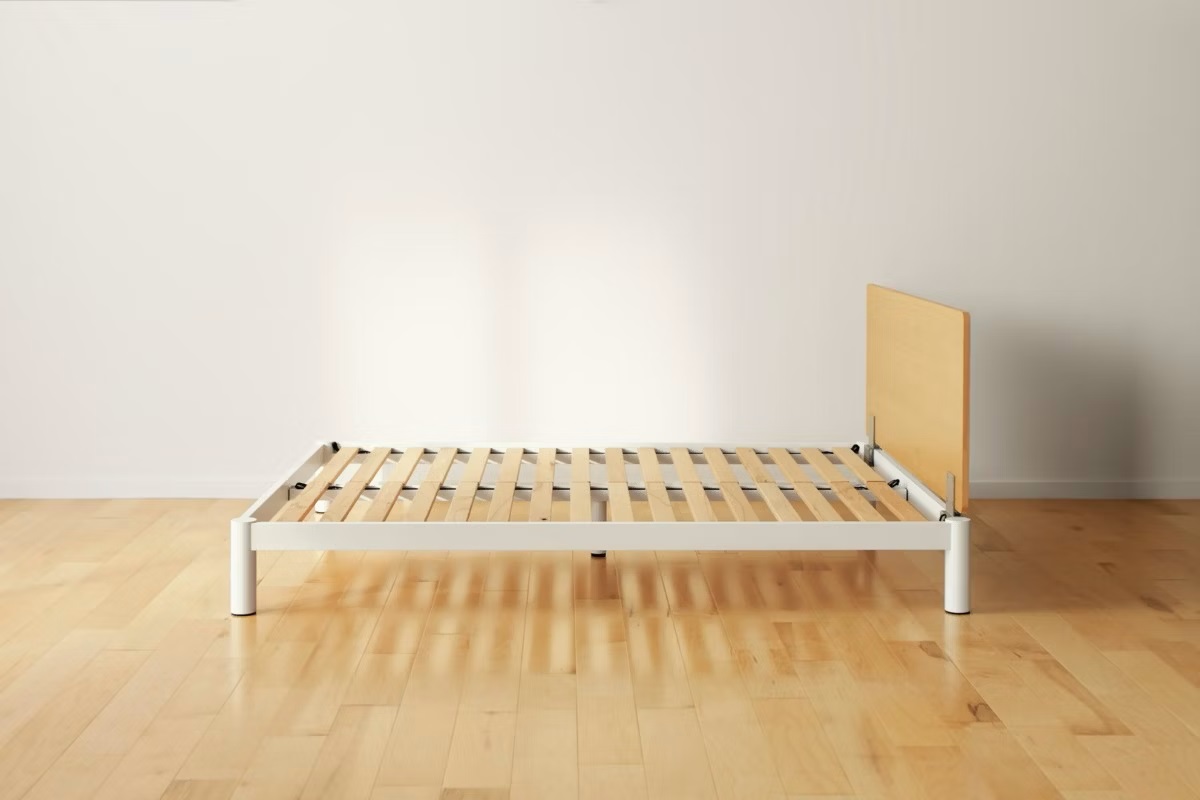
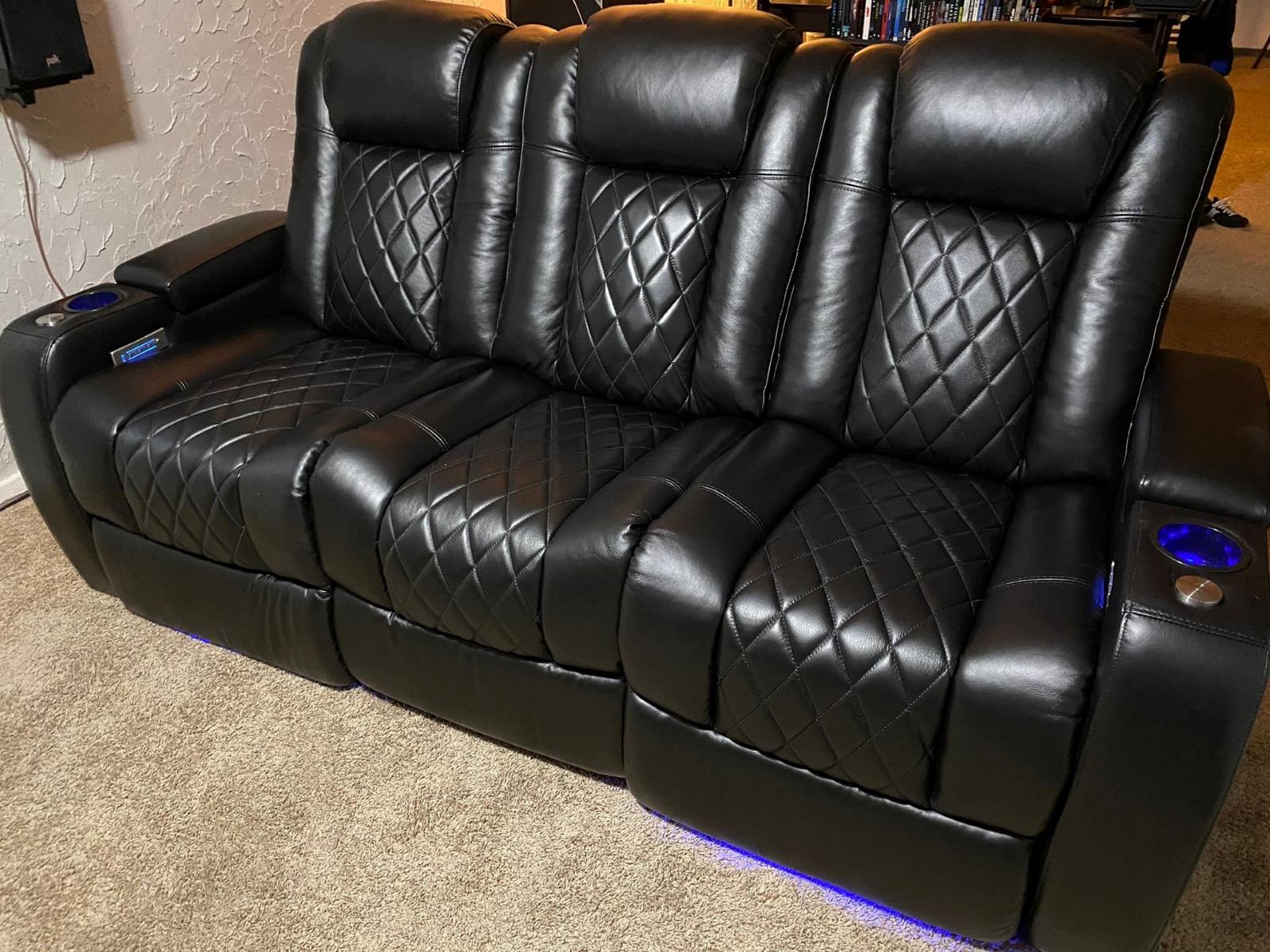


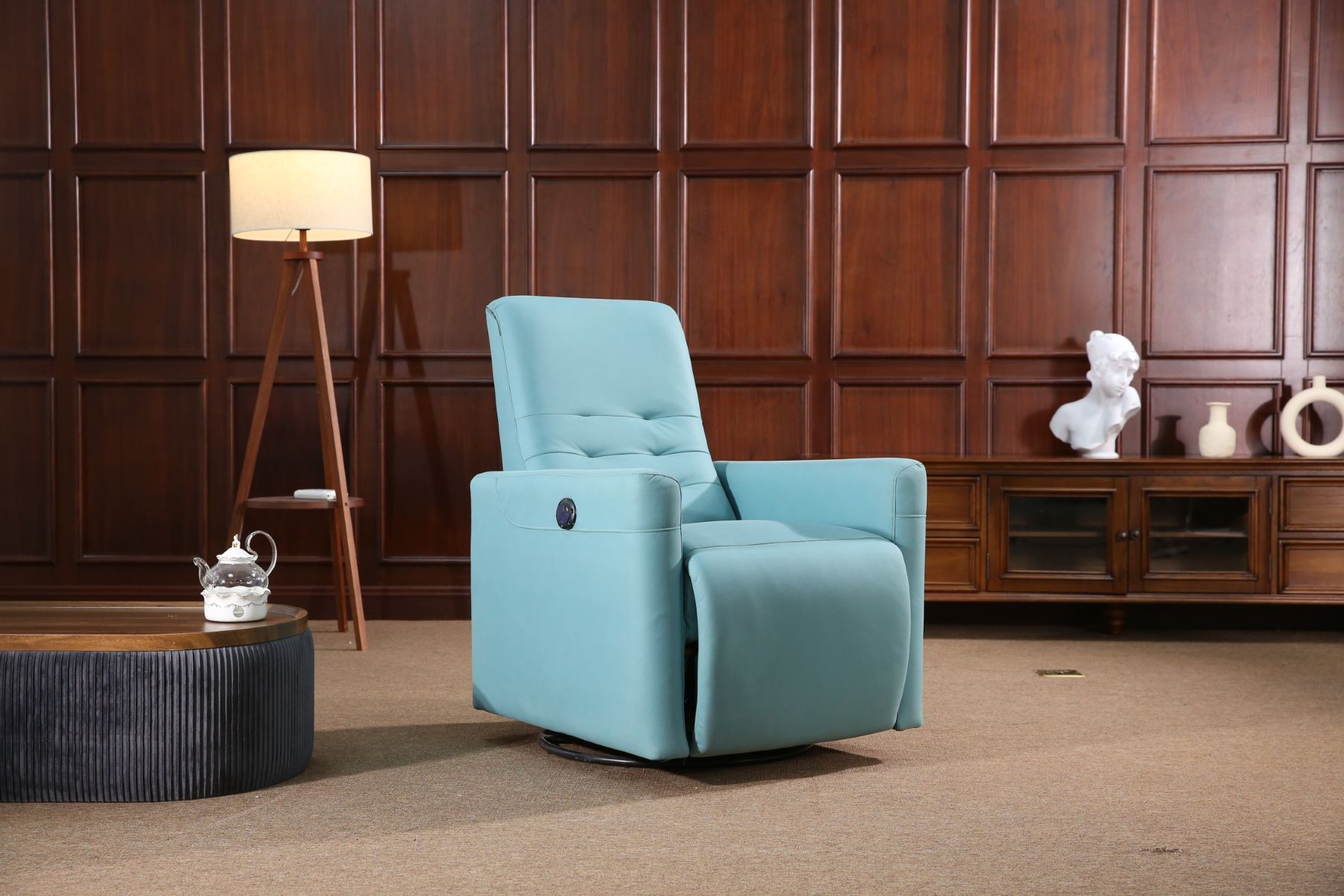

0 thoughts on “How To Stop Recliner From Sliding”